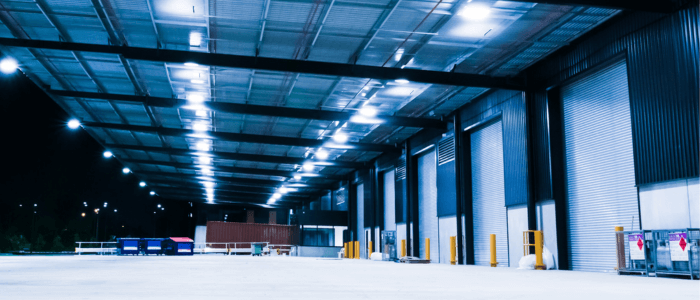If you moved out of your home this year and continue to hold it as a rental, it’s no longer your Principal Place of Residence (PPOR) and it is producing an income for you. As such, you are eligible to start claiming all the deductions an investment property entitles you to.
That means it’s a smart move to have a tax depreciation schedule completed on the property to ensure you are maximising your entitlements.
It’s not uncommon for property owners to eventually move from their own home, rent it out, and buy or rent another property to live in. When this happens, the former property becomes eligible for tax depreciation from the day it goes on the rental market.
So what tax depreciation deductions are you entitled to claim? This depends on what date your PPOR became a rental property. The government made legislation changes in May 2017 to the way you can claim tax depreciation on ‘second-hand’ properties. Below are two scenarios of how you are affected by the changes.
If you lived in and turned your property into a rental prior to 1st of July 2017:
You can claim for the second-hand and brand-new plant and equipment assets in your property (eg. air-con, carpet, blinds and stove). You are also able to claim for the structural part of your property Division 43 (eg. roof, framing, plasterboard, floorboards.) There are substantial tax depreciation deductions to be claimed.
If you lived in and turned your property into a rental after the 1st of July 2017:
You can claim for brand-new assets you have installed in the property (eg. air-con, carpet, blinds and stove) after your property became a rental. Your second-hand plant and equipment assets will have a value assigned to them so when you sell your property it will reduce your Capital Gains Tax. You are also able to claim for the structural part of your property Division 43 (eg. roof, framing, plasterboard, floorboards). There are great tax depreciation deductions to be claimed.
A tax depreciation schedule takes all of this into account, as well as, any works done to the property before you purchased it and will be dated and costed by quantity surveyors for inclusion.
For example, a kitchen and bathroom upgrade, or the construction of a deck or garage completed prior to renting, not only increase market and rental value but also increase the tax depreciation claimable on your investment, making those improvements even more worthwhile.
Even if your PPOR became an investment a couple of years ago, you can still back claim for between two and four years (depending on your circumstances), with any works and renovations completed being included.
Using applicable sections of the taxation act and relevant case law, Capital Claims Tax Depreciation’s qualified Quantity Surveyors understand how to structure a tax depreciation schedule to ensure claims are minimised most effectively during the time the property is a PPOR and maximised during the years the property is an investment.
It’s important to note that once a PPOR becomes an investment, it will not necessarily be eligible for the same degree of Capital Gains Tax (CGT) exemptions as it was as your home; however, the benefit of claiming depreciation typically outweighs the impact on CGT.
Start claiming the deductions you are entitled to. Call Capital Claims Tax Depreciation on 1300 922 220. We will be happy to have a chat about your property and can give you a personalised quote plus estimate of deductions. Otherwise you can visit “Get a Free Quote.”








